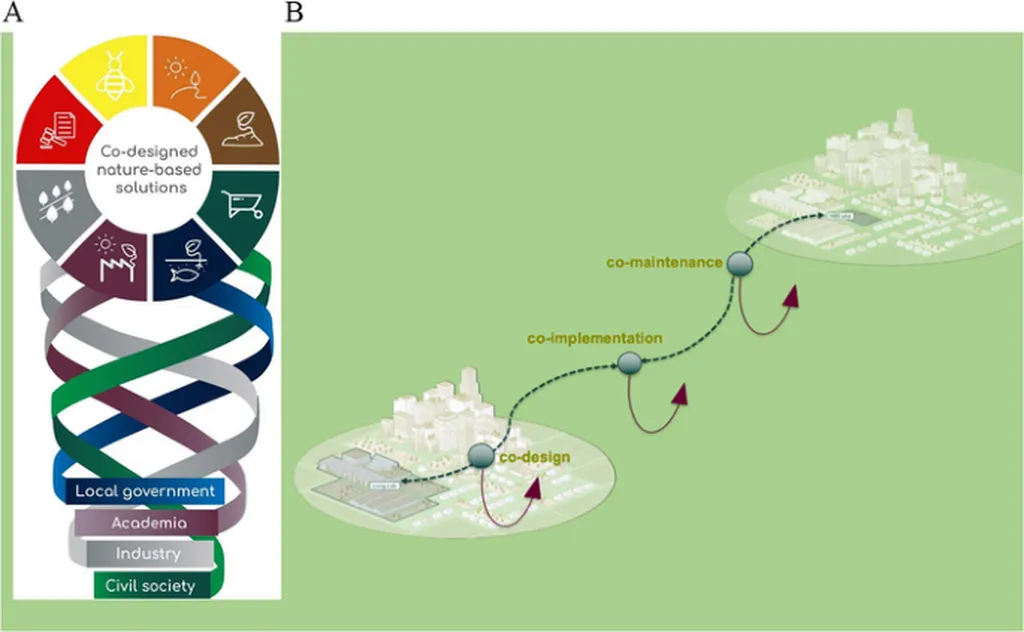In the face of rapid urbanization and escalating environmental pressures, cities worldwide are grappling with the complex task of sustainable development. A novel approach, the Sixfold Helix model, proposed by Jarosław Brodny of the Silesian University of Technology, offers a fresh perspective on stakeholder cooperation in the creation of Green Smart Cities. This model, published in the Journal of Open Innovation: Technology, Market and Complexity (known in English as “Journal of Open Innovation: Technology, Market and Complexity”), introduces a sixth helix to the traditional five—digital technology and infrastructure—to address the growing influence of artificial intelligence, the Internet of Things, big data, and blockchain in urban management.
Brodny’s research highlights the dynamic development of AI as a dominant force in social and economic life, necessitating its consideration as a strategic pillar in city planning. “The multidimensional nature of AI tools and their versatility make it justified to consider this dimension as a separate and strategic pillar of Green Smart Cities development,” Brodny explains. This addition underscores the model’s responsiveness to technological advancements and their integration into urban ecosystems.
The Sixfold Helix model identifies key cooperation mechanisms between stakeholders, including science, industry, public administration, civil society, the natural environment, and digital technology. Brodny’s work maps out fifteen critical interactions, reflecting the directions and mechanisms of cooperation within the urban ecosystem. To facilitate practical integration, Brodny developed a map of interaction mechanisms and a RACI matrix, tools designed to coordinate stakeholders in the transformation towards Green Smart Cities.
Moreover, a SWOT analysis was conducted to assess the model’s internal potential, leading to recommendations for coordination mechanisms and support instruments. These tools aim to enhance resilience and adaptability in implementing the Sixfold Helix model in urban practice. “The proposed conceptual model creates unique opportunities for technological, social, and environmental integration in city management in a dynamically changing environment,” Brodny asserts.
For the energy sector, this research holds significant commercial implications. The integration of digital technologies and AI into urban planning can optimize energy consumption, reduce carbon footprints, and enhance the efficiency of smart grids. By fostering collaboration among diverse stakeholders, the Sixfold Helix model can drive innovation in energy management, paving the way for more sustainable and resilient cities.
As cities continue to evolve, the Sixfold Helix model offers a comprehensive framework for addressing the multifaceted challenges of urban development. Brodny’s work not only advances the theoretical understanding of stakeholder cooperation but also provides practical tools for implementing Green Smart Cities. This research is poised to shape future developments in urban planning, energy management, and environmental sustainability, offering a blueprint for a more integrated and resilient urban future.

